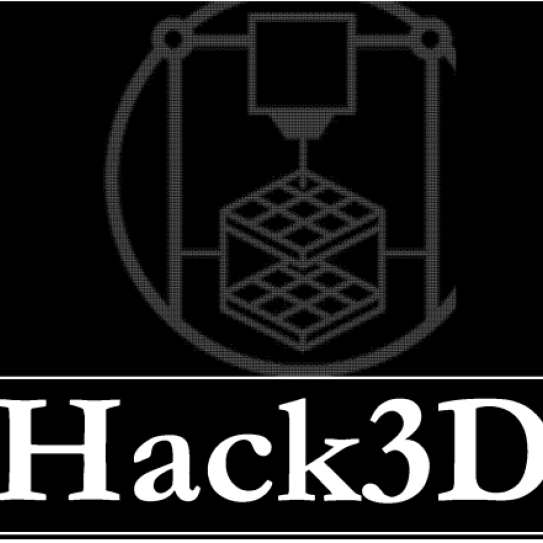Hack3D: Digital Manufacturing Cybersecurity
-
Developing design and manufacturing methods that are secure and resilient against cyber threats.

The research work will involve developing security methods that can be embedded in the computer aided design files, watermarking methods, and encryption methods that can be applied to additive manufacturing. These methods will have to be extensively tested for their robustness, domain of application and attack vectors against which they are effective in defending the part designs. Machine learning methods that are effective in processing the datasets coming out of manufacturing machine will be developed and tested on 3D printed parts. Many of these security approaches are applied to CAD or STL file formats to protect them from sabotage while other approaches are effective for protecting the printers themselves from attack. This team will analyze these approaches for their effectiveness and develop new approaches for digital manufacturing cyber-physical system.
Methods and Technologies
- Computer aided design
- Additive manufacturing (3D printing)
- Advanced manufacturing methods
- Slicing algorithms
- Composite materials
- Machine learning
- Database vulnerabilities
- Finite element methods, computational analysis methods
- MicroCT scan
- Materials testing and characterization methods
- Cybersecurity methods
- IoT devices
- Cyber vulnerabilities
- Programming (Python, C, C++)
Areas of Interest
- Mechanical Engineering
- Electrical and Computer Engineering
- Computer Science
- Civil Engineering
Subteams
- Cyber team (Network and software systems)
- Manufacturing team (Design and manufacturing systems)
- Marketing team
Partners
- NYU Composite Materials and Mechanics Lab, Mechanical and Aerospace Engineering Department
- Center for Cybersecurity
- National Science Foundation
Faculty Advisor
- Nikhil Gupta
- Email: ngupta@nyu.edu
The research work of this team will involve developing security methods that can be embedded in the computer aided design files, watermarking methods, and encryption methods that can be applied to additive manufacturing. These methods will have to be extensively tested for their robustness, domain of application and attack vectors against which they are effective in defending the part designs. Machine learning methods that are effective in processing the datasets coming out of manufacturing machine will be developed and tested on 3D printed parts. Many of these security approaches are applied to CAD or STL file formats to protect them from sabotage while other approaches are effective for protecting the printers themselves from attack. This team will analyze these approaches for their effectiveness and develop new approaches for digital manufacturing cyber-physical system.

